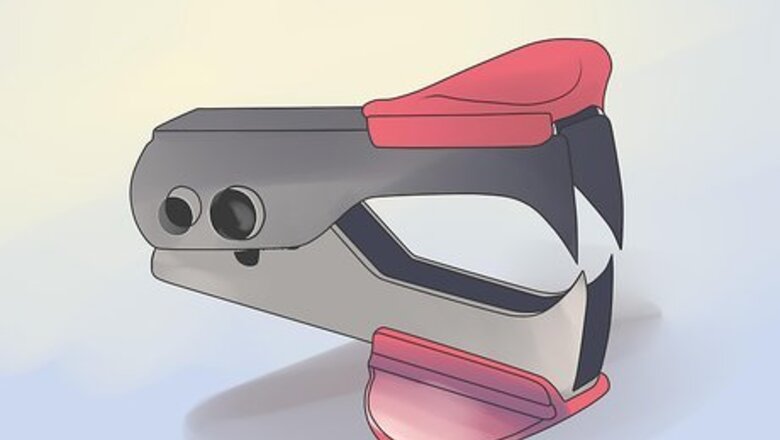
views
If you're interested in learning to remove surgical staples, read How to Remove Surgical Staples.
Removing Staples from Paper
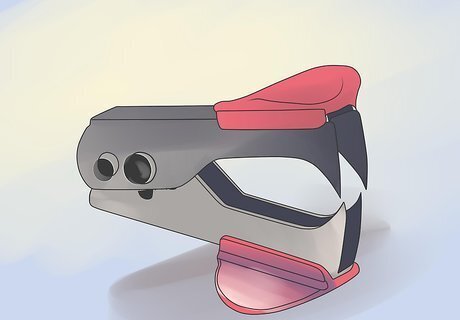
Choose a staple remover. There are lots of different mechanisms that you can use to loosen staples and remove them from paper, some super-simple and some a bit more complex. Depending on how much paper you've got to remove, you might find one or the other more useful. Spring-activated staple removers are the most simple and cheap mechanisms for removing staples. Basically, these are little claws that you can use to pinch open the back clasps of the staple to free it up and remove it. You can get these at most office supply stores for a dollar or less. "Office-style" staple removers are more complex, but just as simple to use and more ergonomic. Featuring a scissors-like design, these staple removers allow you to position the end over the staple claps, then pull the trigger to activate and loosen the staple. Couldn't be easier. Your fingers are also perfectly effective at getting a few staples out of paper. If you've got a big stack, though, it might not be worth the aggravation, and would be better to get a staple remover. Use a small penny, nail clippers, the end of a pen, or some other object to help lift the tabs of the staples if you just want to use your fingers.

Place paper upside-down and examine the staple. The back of the staples should form two prongs that will need to be straightened out to remove them without tearing the paper too much. Expose the side of the staple with the prongs and position it facing up on the table. If you notice that the prongs are broken, or already loose, it may be quicker and more simple to just pull it loose, rather than fiddling with the remover.
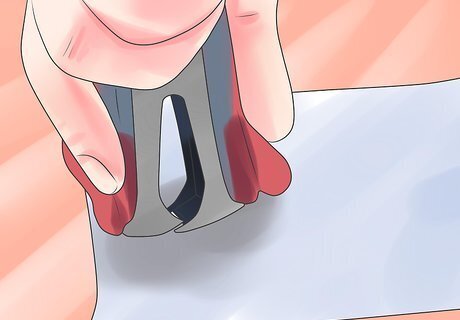
Use the staple remover to lift the prongs. Position the staple remover over the prongs of the staple and pinch the staple open. This won't remove it entirely, but it should help to straighten the two prongs that were holding it in place. Doing this should allow you to pull the staple free. If you're using the spring-style staple remover, make sure the little teeth are positioned accurately, so you'll pinch them open cleanly, without damaging the paper. You usually can do this on either side of the paper, if you're using a real staple remover.
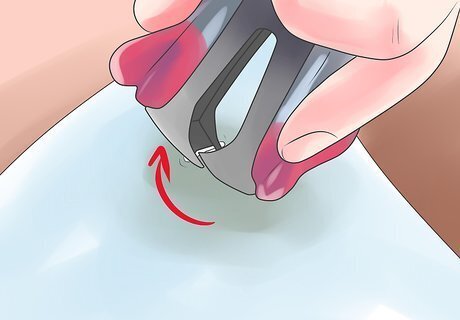
Flip over the paper and remove the staple. After you've loosened the teeth, you should be able to wiggle the staple free. You can use your fingers, or use the teeth of the staple remover to grab the staple and pull it free. If it catches some, be careful not to rip the paper. Wiggle your wrist back and forth gently to help coax the staple through. Bent, old, or rusty staples will be more difficult to get loose than newer staples, so it might take some work. Just slow down and give it time.
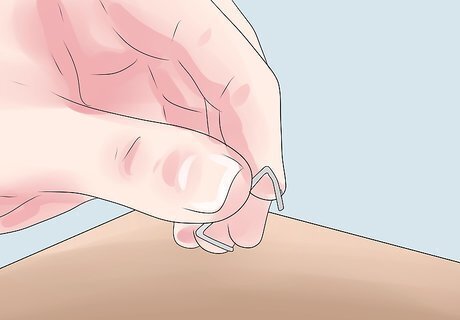
Discard old staples. Keep your staples in a clean pile while you're working, especially if you've got a big pile of papers to go through, and then dispose of them properly. Stepping on a loose staple, or getting one caught on your finger can be a painful experience, so it's good to start cleaning up as you work, rather than waiting for later. Keep a trash can right beside your desk, so you can sweep the loose staples directly into it if necessary. Do this regularly to avoid building up too much clutter in your work area.
Removing Staples from Wood
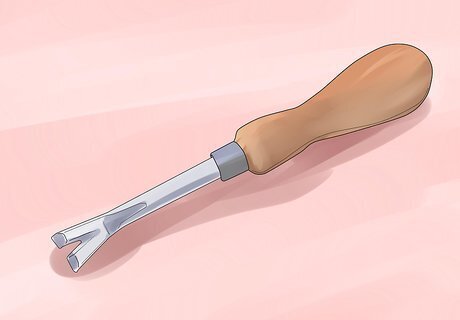
Choose a staple remover. After removing carpeting, it's a common sight to find many leftover staples stuck in the subfloor. It can be aggravating, but necessary, to take the time to go around and remove them quickly to make your new install as clean and secure as possible. A few tools are helpful at getting this done as quickly as possible: Flathead screwdriver and pliers make a good tandem if you want to go primitive. You can use the screwdriver to pry up or separate the screws and the pliers to pull them loose. If you'd rather, you can just go for the pliers. Office-style staple removers can be effective at removing certain varieties of staples. If the staples are small enough to work in a trigger-style staple remover like you might use to remove staples from paper, feel free to give it a shot. Better yet would be a flat prybar-style staple remover, which are common at office supply stores. Knee pads are extremely valuable while you're undertaking this project. After fifteen minutes crawling around on your knees on a hard floor covered in carpet adhesive and staples, you'll be wishing you had some.
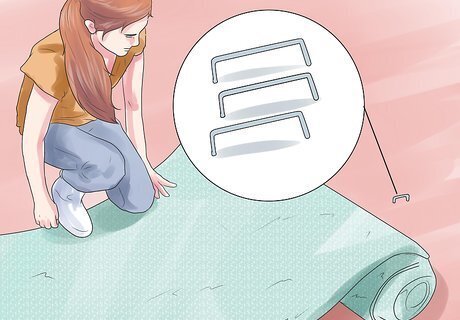
Pull as many up with carpeting as you can. If you’re removing carpet, lots of floor staples will come up with the carpet as you remove it. Discarding the staples will mostly be a matter of sweeping them up from the floor. Many, however, will remain stuck and will need to be removed, but getting as many as you can while you’re removing the carpet in the first place will make it a lot easier. Go slowly, using your pry bar underneath to loose the carpet as you're pulling it loose to help bring up as many staples with the carpet as possible. Don’t take too much carpet at once, or go too quickly. You'll make the job much easier on yourself if you leave fewer staples.
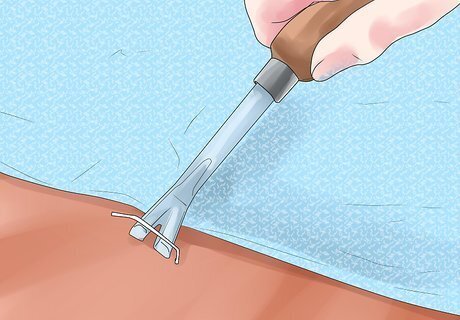
Pry up the staples using the staple remover. Whether you want to use your staple remover or go primitive with a screwdriver, there's little science to the job. Just get down there and start prying them loose. If you've got a partner, it can be effective to have one person doing the loosening and another pinching them loose with pliers. Get coordinating to see what works best for you and the tools you've got at hand.
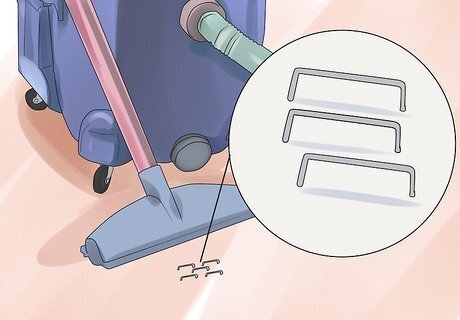
Sweep up loose staples thoroughly. It's important that you don't leave any staples laying around. Sweep them up, or use a Shop-Vac to suck them up from the floor when you're done, especially if you're going to be installing new carpet relatively soon. Try to get all of them.












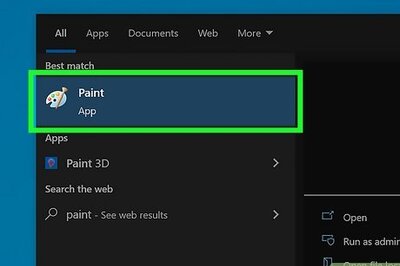







Comments
0 comment